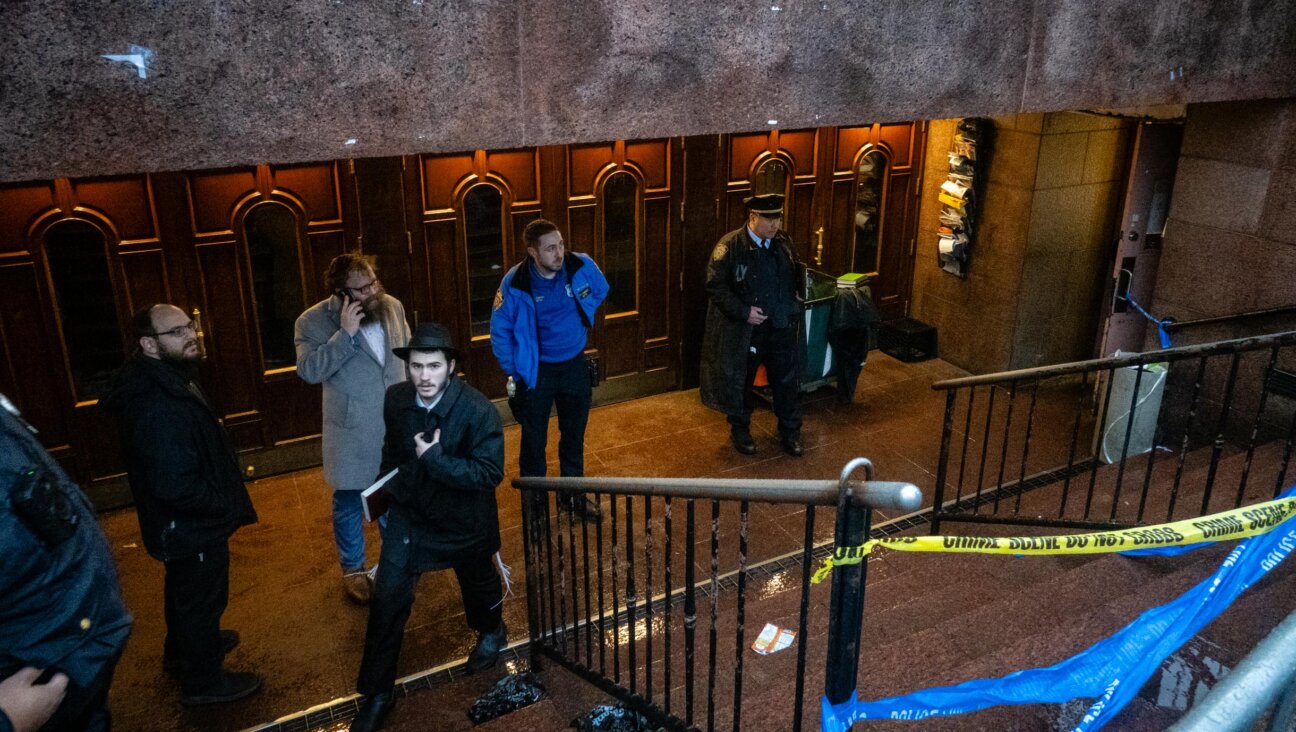Opulent 1,500-Year-Old Mosaic Is Unearthed

Image by haaretz
A magnificent 1,500-year-old mosaic floor has been uncovered by archeologists near Kibbutz Beit Kama in the south, the Israel Antiquities Authority announced Sunday.
The mosaic was the most outstanding find in a Byzantine-era village unearthed in the Negev during a survey conducted prior to construction of a highway.
The village, which thrived from the 4th through 6th centuries C.E., encompassed about six dunams – or an acre and a half – and was discovered under the fields of the kibbutz. Among the finds was a public building measuring 12 meters by 8.5 meters (about 40 feet by 26 feet) containing the mosaic floor. Archaeologists assume the building was a public one due to its size and relative opulence.
The colorful mosaic includes geometric motifs and features amphorae – wine containers— in the corners, as well as a pair of peacocks and a pair of doves pecking at grapes on grapevines. The combination of so many motifs in one mosaic is unusual, say Israel Antiquities Authority officials.
For more, go to Haaretz
A message from our Publisher & CEO Rachel Fishman Feddersen

I hope you appreciated this article. Before you go, I’d like to ask you to please support the Forward’s award-winning, nonprofit journalism so that we can be prepared for whatever news 2025 brings.
At a time when other newsrooms are closing or cutting back, the Forward has removed its paywall and invested additional resources to report on the ground from Israel and around the U.S. on the impact of the war, rising antisemitism and polarized discourse.
Readers like you make it all possible. Support our work by becoming a Forward Member and connect with our journalism and your community.
— Rachel Fishman Feddersen, Publisher and CEO























